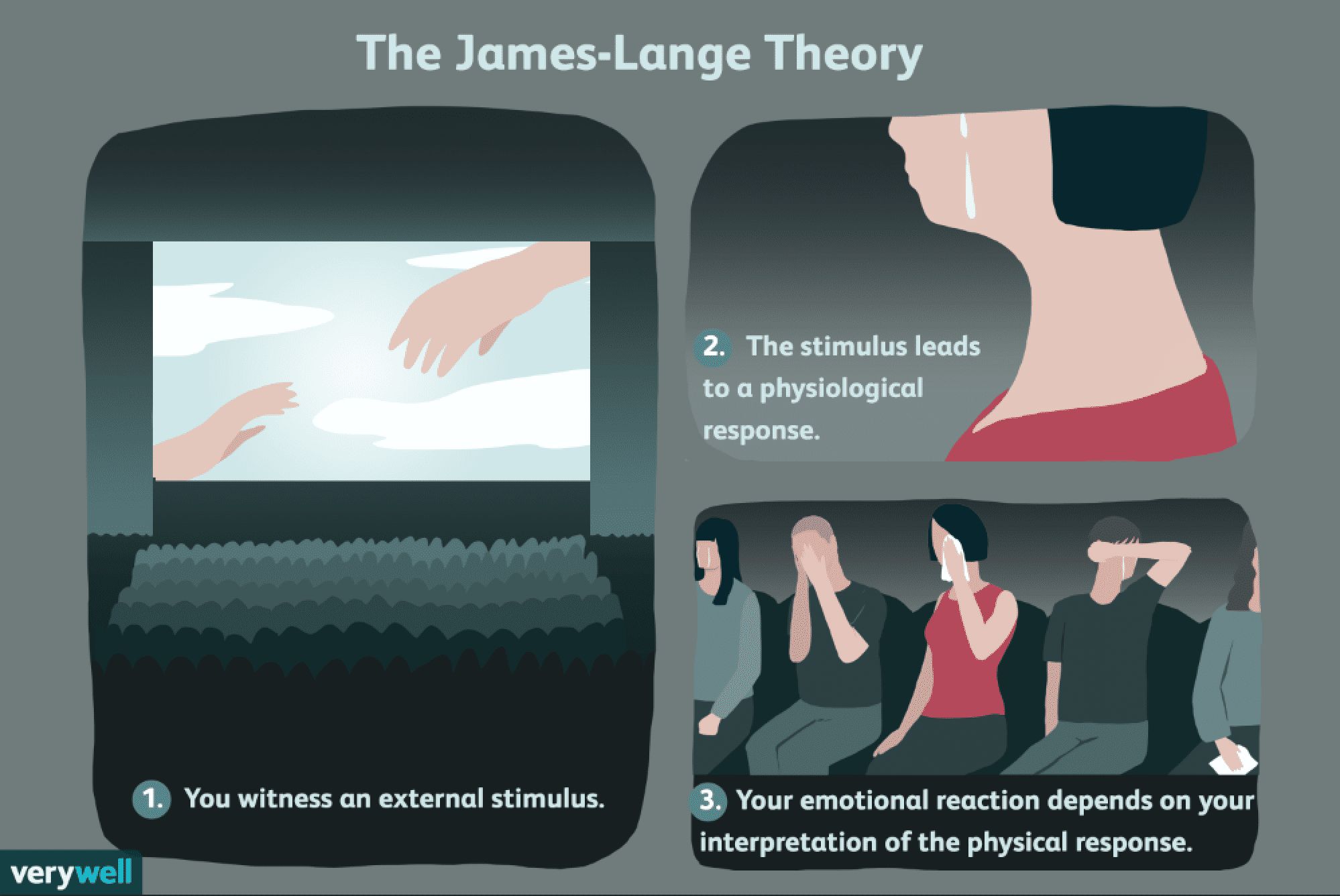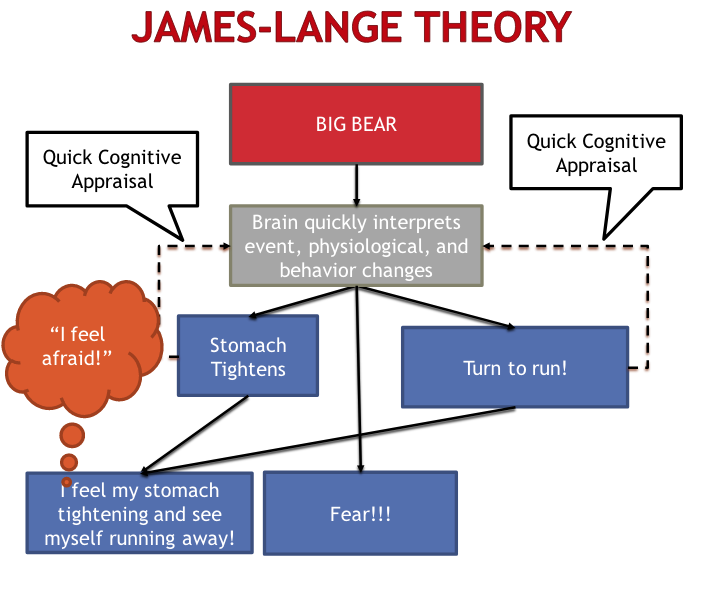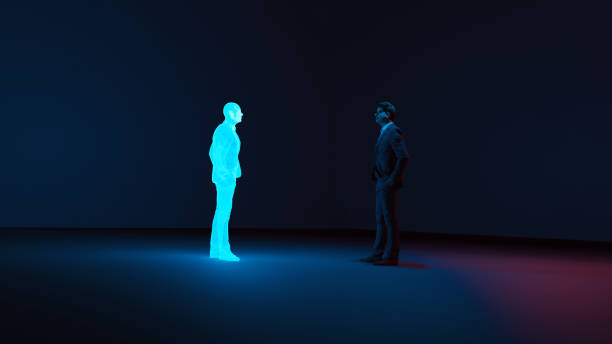All that we need to know about the James-Lang theory of emotion
Education & Learning, Feature Articles, Health & Welfare, Psychology,

What gives rise to emotions? What is the purpose of emotion? Several doubts have entranced psychologists for many years. Various speculations have arisen to make sense of how and why we have emotions. James-Lange theory of emotion was one of the early speculations proposed by scientists.
What is James-Lange theory of emotion?

Credits:https://bit.ly/3OFfTbm
The James-Lange theory says that emotions are the consequence of actual changes in the body. As per James and Lange, our body’s reactions to a profound occasion make up our emotional experience.
James and Lange both accepted that emotions are the consequences of physiological responses to external incitements. James’ work in this space currently spun more around emotions as outcomes of a physiological change. While Lange’s hypothesis contended for feeling is the sign of a physiological change. However, the two researchers introduced the essential thought that emotions don’t begin with the cognizant experience of a causative element.
How does this theory work?

Credits:https://bit.ly/3PWjHGr
Before the James-Lange theory, the standard logic was that individuals’ primary response to insight was analytic. Actual reactions then, at that point, happened as a response to that thought. The James-Lange approach proposed that these physiological reactions happen first. And then later they assume a significant part in the experience of feeling.
While it could appear as though a little differentiation in the grouping of occasions. The hypothesis critically affected psychological research and the comprehension of emotions. When compelling, in any case, not every person concurred that actual reactions prompted emotions. Present-day researchers to a great extent mark down the James-Lange theory. There are occurrences where physiological reactions truly do prompt encountering emotions.
The criticisms
There was one significant analysis of the hypothesis. Neither James nor Lange put together their thoughts with respect to anything that in any way whatsoever looked like controlled tests. All things being equal, the hypothesis was generally the consequence of thoughtfulness and correlational research.
As indicated by both James and Lange, physiological reactions ought to be important to genuinely encounter emotion. However, researchers found that even those with the absence of sensation had the option to feel emotions like happiness, fear, and outrage.
An issue was found with the hypothesis. It was that when tried by applying an electrical stimulus, applying feeling to a similar site doesn’t prompt similar emotions every time. An individual might have precisely the same physiological reaction to a stimulus, yet experience a completely unique emotion.
Factors like the person’s current mental state and the responses of others can all assume a part in the subsequent emotional reaction.
Walter Cannon, a physiologist and teacher from Harvard Medical School was one of the early pundits of the James-Lange theory. Cannon thought that for these findings to appropriately portray and characterize emotion. Also, different physiological reactions to each emotion should be distinguished. He illustrated that since emotion is the physiological reaction as per the theory, one method for separating emotions from another is to have a positive arrangement of physiological reactions for every feeling. Cannon upheld his proposition that people can feel emotions even before the body answers the emotion-inciting boost. So they conducted a study by eliminating the sensory system of a cat. Upon this investigation, it was seen that despite the fact that the physical signs of feeling were eliminated, the cat still showed the emotions of anger, fear and happiness.
Strengths and Weakness
An undeniable strength is that James and Lange were the primary people to consider the reasons for our emotion marks. Also, they were quick to talk about substantial and behavioral changes as separate reasons for an emotion.
Significant pundits for James-Lange Theory at the time were Cannon and Bard . At a comparable time ever, they were fostering an alternate theory of emotion. One analysis they presented was that substantial changes happen more slow than the cognizant inclination experience of an emotion.
Cannon and Bard accepted physiological and behavioural changes could happen after we now have the emotional inclination. Cannon and Bard expressed that substantial changes in our organs can’t decide what emotion we are going through. Instead, they accepted our understanding or perception of the evoking event is more important to understand what emotion we are going through.
Cannon and Bard were quick to recommend that our mental evaluation , our translation of the evoking occasion, is significant for grasping our emotional experience. Cannon and Bard additionally brought up that particular bodily changes may not match explicit emotions. One more weakness of James-Lange theory is that they confounded two of the emotional parts – subjective feelings and cognitive evaluations. It was only after James-Lange theory was created, that therapists examined these two terms as independent parts of feelings.
Theories derived from James-Lang theory of emotion
The facial feedback hypothesis comes from the principles of the James-Lange theory of emotion in the conviction that physiological reactions to stimuli produce feeling. In the expressions of facial criticism, researchers found that emotions are sets of muscle and glandular reactions situated in the face.
Frequently, we might feel mixes of emotions. Emotions aren’t unadulterated or effortlessly characterized all the time. A few normal complex emotions are deep love, prideful resentment, and vacillation. Complex emotions can be communicated with usual varieties of the typical facial expressions.
New speculations of emotion have been created since the James-Lange theory was first proposed. But it has still been a powerful theory in the area of psychology. Since the theory was created, many researchers have tried to comprehend how various sorts of substantial reactions connect with emotions.
Conclusion
Emotions make up such a huge part of our lives. So it is not surprising that scientists have given such a lot of importance towards figuring out the how and why behind our emotional reactions. The James-Lange theory of emotion addresses only perhaps one of the earliest findings.
The hypotheses have been condemned and adjusted impressively throughout the long term. James’ and Lange’s thoughts keep on applying an impact today. The theory changed as time passed. The contending hypotheses of emotion, the Cannon-Bard theory of emotion and Schacter’s two-factor theory of emotion have additionally been presented.
Today, numerous researchers would rather propose that as opposed to our emotions being the consequence of actual responses. As James and Lange have recommended, our emotional encounters are rather changed by both physiological responses alongside several other reasons.
References- https://bit.ly/3PWjHGr
https://bit.ly/3Q5cMdY
https://bit.ly/3OFfTbm
https://bit.ly/3BB5FGb
https://bit.ly/3bswamq
Tags: critcisms, emotions, James-lang, strengths, theory of emotion, weakness,









